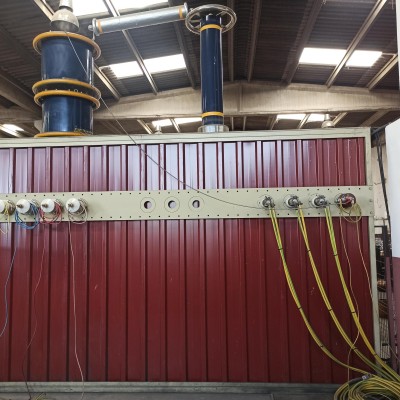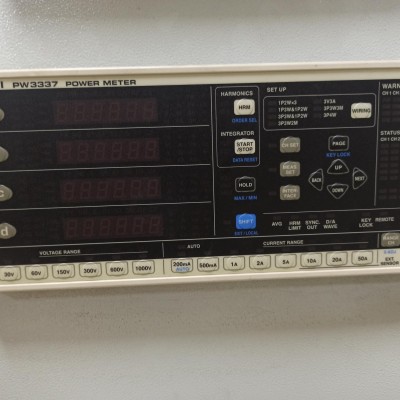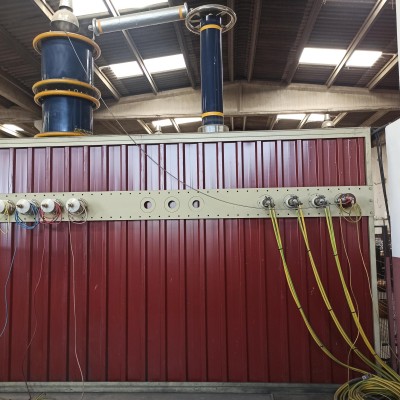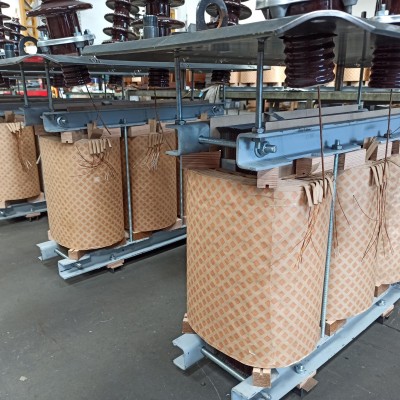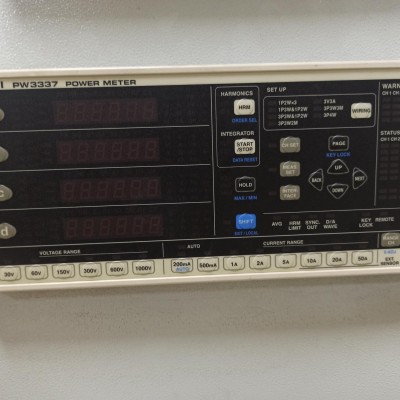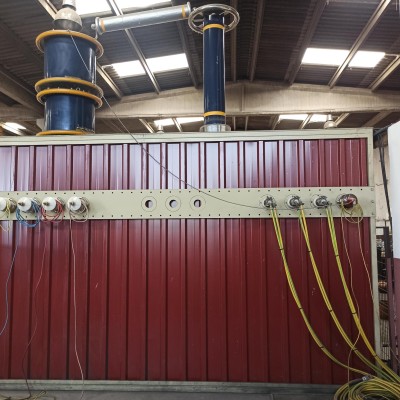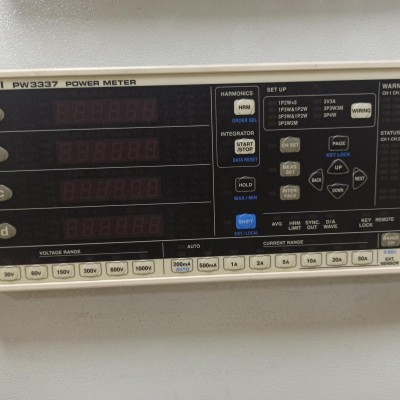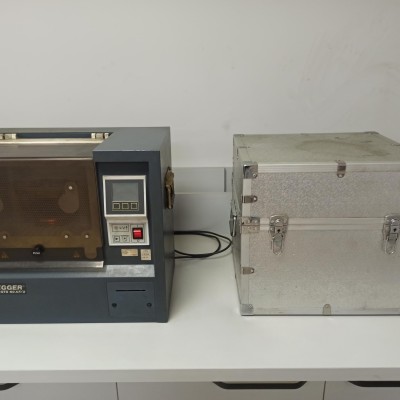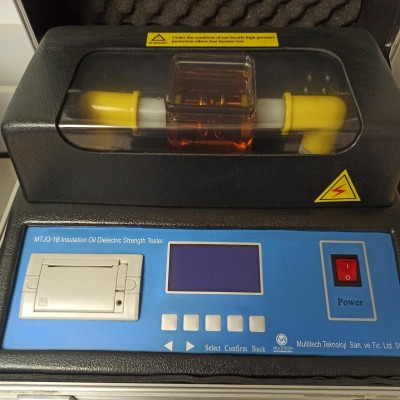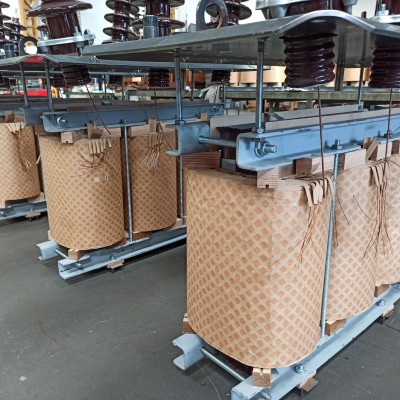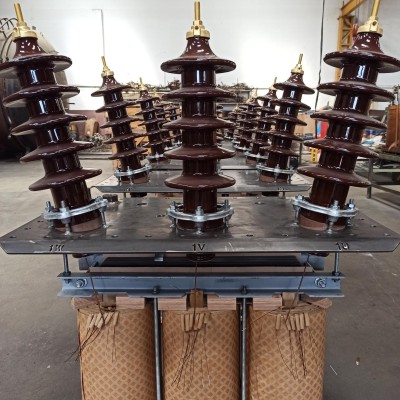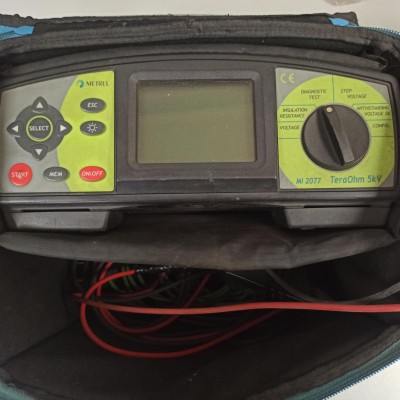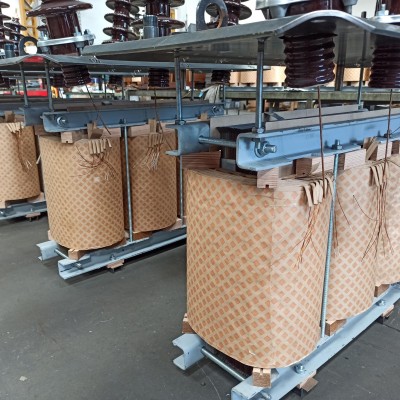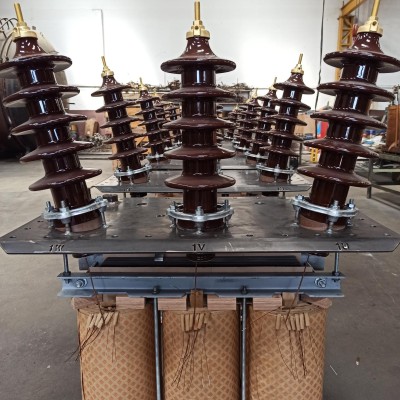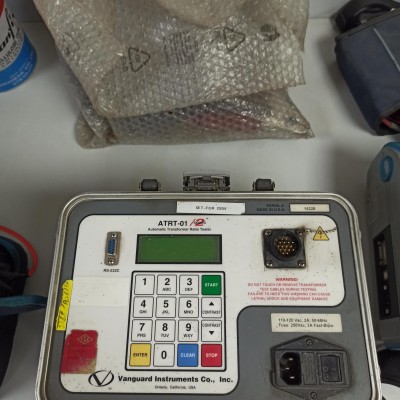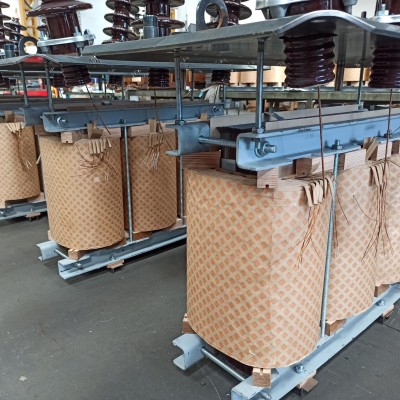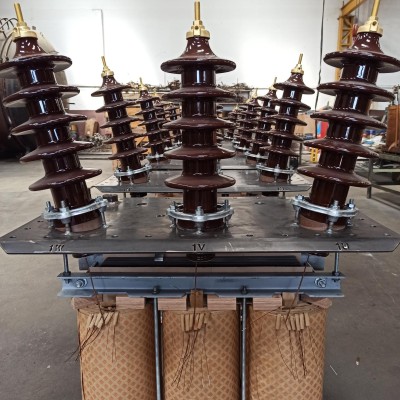
ATAŞ Ankara Trafo Enerji A.Ş. has structured its operations to meet internationally recognized accreditation standards and local legal requirements in the most effective manner. Samples accepted in our laboratory are tested under predetermined conditions in accordance with national and/or international norms, ensuring compliance with our service scope.
The measurement values and quantities obtained through tests and inspections conducted by our expert personnel are meticulously compiled into reports that adhere to the relevant national or international standards and are presented to our customers.
Our laboratory personnel have no commercial affiliations with any institution or organization. We are committed to upholding the principles of impartiality, confidentiality of customer information, independent decision-making, and integrity in all testing processes. We strictly refrain from engaging in any activities that could compromise these values.
Induced Voltage Test
- The purpose of this test is to electrically stress the insulation between the windings forming the windings by applying excessive voltage.
- It is done by applying a three-phase voltage of twice the nominal voltage of the low voltage winding from the low voltage side to the transformer. At this time, the high voltage phase ends are empty. Although the applied voltage is in the form of a sinus, its frequency is different from the nominal frequency and is greater than the nominal frequency and is in the form of multiples of the nominal frequency.
Applied Voltage Test
- The purpose of this test is to electrically check the insulation (insulation) of the transformer windings against each other and against all other metal parts of the transformer, including the core sheet metal package and the main tank.
- The voltages to be applied in the test are given in the standards and vary according to the nominal voltage levels of the transformers. In addition, the test duration is given as 1 minute in all standards.
- This test is a two-way repeated test, that is, first the test voltage specified in the standards is applied to the high voltage winding for 1 minute. There should be no electrical jumps during this time.
Load Losses Test
- Load loss is the load loss at rated current and the added temperature.
- The output of the transformer is short-circuited and the input voltage is gradually increased until the input voltage is maintained for a period of time. When the transformer temperature reaches the added temperature, the current is adjusted to the rated current. The sum of the loss and the no-load loss is the load loss.
Idle Work Experiment
- The purpose of this test is to measure core losses and magnetization inductance.
- In the no-load test, the high voltage winding ends of the transformer are open-circuited and the nominal line voltage is applied to the low voltage winding ends. Since the transformer is no-load, all of the input current flows through the transformer's excitation arm. The winding resistance and inductance are very small compared to Rc and Lm. Thus, all of the applied voltage drops in the excitation arm. The real power consists only of core losses.
- Since the test is applied at the nominal voltage value, there is a nominal magnetic flux in the transformer core and the core losses are equal to the core losses at the nominal load. During the test, the input voltage, input current and input power of the transformer are measured.
Insulating Oil Puncture Resistance Test
- The insulation level of transformer oil for insulation purposes is very important. In a transformer at 36 kV, the insulation level of the oil must be at least higher than 40 kV. Because being below this value will create a risk under normal operating conditions.
- The most well-known transformer oil test is the puncture test. In this test, 1 liter of oil is tested with a test machine to see how many kV levels it will puncture by gradually increasing the voltage. The average of the puncture levels of 6 test results is taken and if it is above 40 kV, it is determined that the transformer oil is in good condition.
Winding Resistance Test
- Measuring the resistance of the windings ensures that the connections are correct and the resistance measurement shows that there are no serious mismatches or opens.
- The purpose of the test is to check for large differences between the windings and opens in the connections.
- Electrical testers apply DC current through the winding and an internal standard current shunt. After both DC voltage drops are measured, the resistance is calculated and its value is displayed on the front panel of the display.
Insulation Resistance Measurement
- The purpose of the insulation test is to determine whether there are low resistance paths between the windings due to the deterioration of the winding insulation. Test measurement values are affected by variables such as temperature, humidity, test voltage and transformer size.
- In the insulation test, 3 separate measurements are made as LV-Tank, HV-Tank, HV-LV and the insulation level is determined according to the measurement results.
Sarım Oran Testi (TTR)
- Transformer turn ratio is determined by the ratio of primary and secondary winding numbers or primary and secondary voltage values to each other. In an ideal transformer, the voltage ratio is directly dependent on the winding ratio.
- The change in the turn ratio will ensure that the output voltage taken from the secondary of the transformer is not at the desired value.
- In theory, in order to determine the turn ratio of an ideal transformer, a known input voltage is applied to one of the windings. The winding ratio is determined by measuring the output voltage and calculating the ratio of the input and output voltage values. This ratio we have determined should be the same as the value determined during the production of the transformer and written on the label of the transformer.
